Many of those who wanted to leave the village of Lanjik in the Shirak region backed away from that decision and are thinking about starting an initiative in the community. The local action group Aragats Valley has brought changes to the community. Children and young people living in Lanjik are now receiving vocational education at the innovation centre opened in the village. Women are joining efforts for intergenerational dialogue and preserving village traditions, and some will soon have a job in a sewing workshop.
Aragats Valley local action group (LAG) was established in February 2022, within the framework of the EU-LEAD4Shirak project implemented by the Austrian Development Agency. Using the LEADER methodology, local action groups facilitate the development of rural communities by creating a cooperation platform for local residents. Aragats Valley LAG comprises representatives from local authorities, businesses and civil society of 8 settlements within Ani and Artik enlarged communities of the Shirak region. Any resident of the community can become a member of the LAG.
Aragats Valley LAG has singled out two key strategic directions: education, with the goal of providing secure environment for the growth of children and youth, and agriculture, aiming to enhance income opportunities for local residents.
The “invaluable” member of the action group
Lanjik is among the eight villages where Aragats Valley is actively engaged. Susanna Poghosyan, a resident of this village, is a member of the board of Aragats Valley, the most senior and “invaluable” member of the LAG. There is no equal to her when it comes to fundraising and finding sponsors for the implementation of community programmes. She maintains contacts with donors, works with various benefactors and organizations, and serves as a connecting link between Aragats Valley LAG and other organizations operating in the Shirak region.
Acquaintance between Aragats Valley and Susanna began with her submission of a grant application for the community. Although the project presented by Susanna did not receive funding, she continued to work for the idea of bringing change within the community.
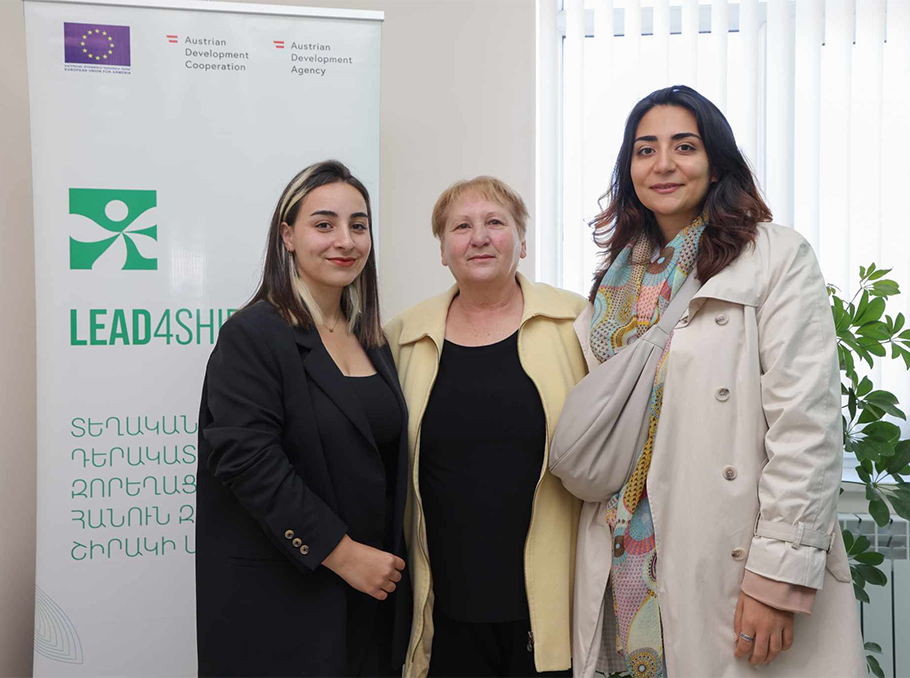 Susanna Poghosyan
Susanna PoghosyanPhoto: LEAD4Shirak
“I was the director of the village culture house, after the establishment of the LAG, I actively engaged in the group’s initiatives. Aragats Valley encompasses the communities of Lanjik, Lernakert, Karaberd, Dzithankov, Nahapetavan, Pemzashen, Nor Knyak and Sarnaghbyur. In Lanjik, they are the best informed about the activities of the LAG. We try to help the residents of the community in the grant application process, providing support both technically and substantively,” she said.
Following the establishment of Aragats Valley, various ideas were brought to life in Lanjik, one of which is Brides of Lanjik sewing factory that will start operating in the near future.
“The project aims to create jobs for 12 women. One of the aspects of the programme is providing training for women. They already possess sewing skills, but they lacked the proficiency to bring the products they created to the market. We are nearing completion of the training phase and the Brides of Lanjik workshop will start its operation. The LEAD4Shhirak programme provides equipment and property enabling women to start working, and the improvement of the workshop area is ensured with the funds of the community office,” said Susanna Poghosyan.
“There is no house that does not know about Aragats Valley”
Nelly Vardanyan, a resident of Nor Kyank community in the Shirak region, is the coordinator of the Aragats Valley LAG. With active involvement in Lanjik, she is regarded as a “community person”, for her deep understanding of the village’s problems and needs.
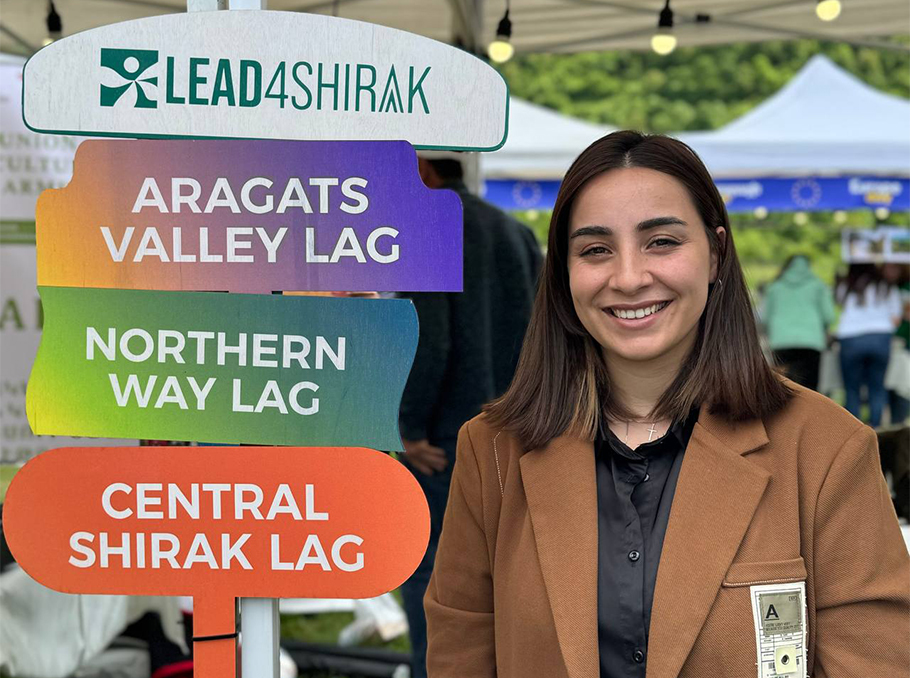 Nelly Vardanyan
Nelly VardanyanPhoto: LEAD4Shirak
Aragats Valley, like other LAGs, tries to develop communities with the involvement of local residents. When we were carrying out activities based on strategic needs, we realized that if we want them to know a lot about LAG, we should target both a kindergarten student and an 80-year-old grandmother. We organize events with children, introduce them what the LAG is, create informal educational platforms for schoolchildren, develop skills that contribute to professional orientation. Engaging with middle-aged individuals is more difficult due to their stereotypical approaches. The best way to have a direct impact on them is to work with the youngest and oldest member of the house,” she said.
Nelly noted that a large number of people in the 8 villages of Aragats Valley are already familiar with the LAG’s activities, however at this stage the primary objective is to inform about the main function of the LAG and to maximize participation of local residents in the LAG’s activities.
“We are teaching these people that the LAG is not taking over the state functions, but is a supportive structure. If education is a strategic direction for us, it does not mean that we will build a school, just as supporting agricultural programmes does not involve repairing irrigation networks. We teach them that we are not the ones to open a sewing workshop for them, but they can do it themselves. Instilling a sense of ownership will already bring a significant change,” she said.
Children’s input before action
With the LEAD4Shirak programme, the Holem artificial intelligence centre was established in the Lanjik House of Culture, also serving as an informal educational platform for the children of the village.
“We have 3D modelling machines, books, and games. Children have free access to the innovation room, allowing them to self-organize and use the space for lesson preparation. They understand the importance of treating the items with care and earn the privilege to borrow books or games. For example, if a child misses a class or damages any property, he/she not only will lose the chance to borrow a new book but will be required to bring on his/her own,” said Nelly Vardanyan.
Aragats Valley also considers the opinions of children when planning community activities, such as the idea of holding the “Yot kar” (“Seven stones”) festival.
“We have nothing but stone in this area, which is why we decided to ‘sell’ the stone. We need to teach them the value of stone because it is their sole resource. The LAG is showing new directions to the people in the community, and fortunately, we are witnessing a change across all communities,” said Nelly Vardanyan.
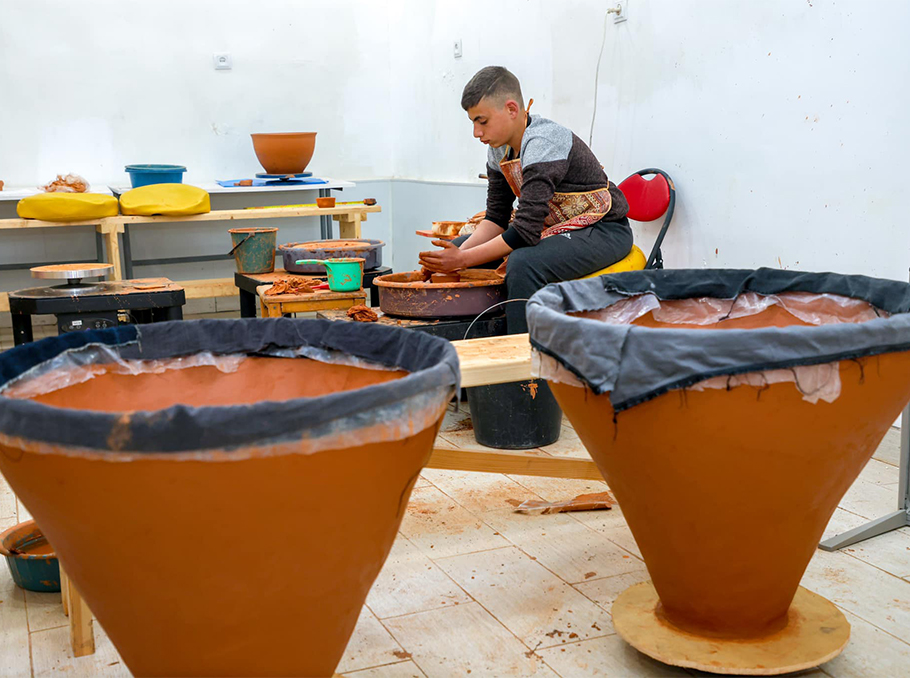 Pemzaschen pottery school
Pemzaschen pottery schoolPhoto: LEAD4Shirak
“Yot kar” festival is planned to be held on June 22 in Pemzashen community. Preparations are already underway and various community representatives are actively involved in them.
“The community office will assist in levelling the area, one of the residents of the community will do graffiti. All our beneficiaries know that they have a social responsibility towards the LAG, if they have received funding with the help of the LAG, they are preferred to provide assistance to other beneficiaries if possible. We can talk for a long time about what cooperation, “networking” is, but the best and most effective way to illustrate it is through example. I have cloth, you have a sewing machine, neither I nor you will be idle, we will work together and ensure development in the community,” she said.
LAG helps prevent the emptying of the community
Nelly Vardanyan noted that the LEAD4Shhirak programme provides a grant, the LAG mainly coordinates the process, ensuring connection between the locals and the programme. However, the overarching objective is to transform the LAG into a structure capable of providing financial support to the community and assisting residents.
“Aragats Valley is the smallest LAG by the number of villages, encompassing 8 villages with 14 thousand inhabitants. The strategic areas are also limited, which sometimes causes complications regarding grant applicants’ ideas. Fortunately, we have reached the point where more community development programmes are now being applied, targeting a larger number of people. The LAG provides guidance to locals at every stage of the grant application process, helping in making ideas more innovative. We have beneficiaries who cannot even carry out price inquiries. Without assistance in this process, the programme will not succeed. The LAG serves as a supportive link, also facilitating collaboration with donors. If any project requires additional funds after receiving a grant from LEAD4Shirak, we assist in preparing applications and applying for other grants. We are ready to help in all cases, if people view us as a supporting structure,” said the coordinator of Aragats Valley LAG.
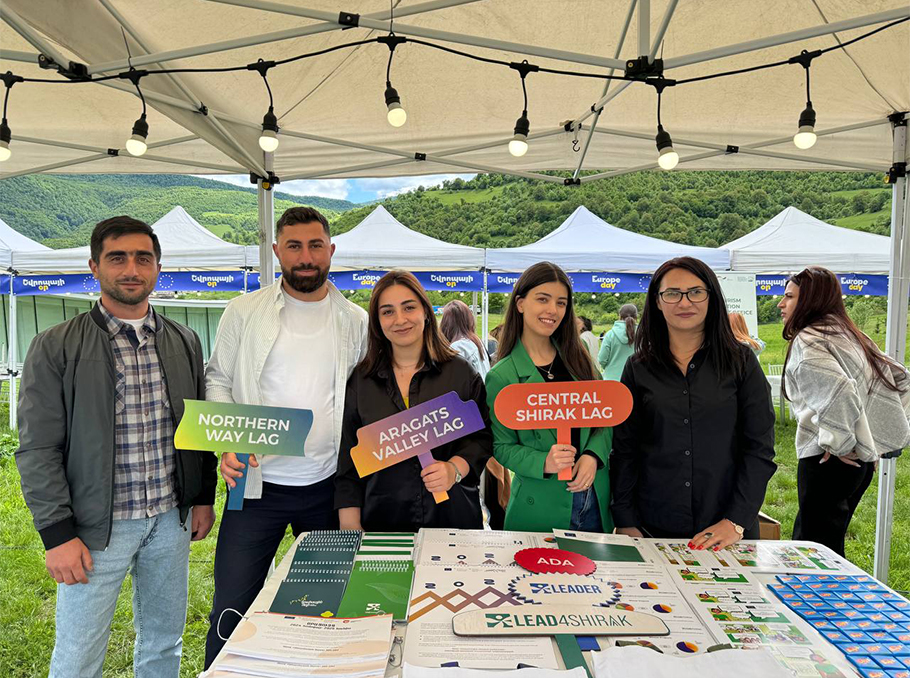 Members of LAG at Europe Days event
Members of LAG at Europe Days eventPhoto: LEAD4Shirak
Nelly Vardanyan noted that the key message conveyed to community residents through LAG is that the programme is not about assisting villages with limited resources, but about bringing change to the village.
“In a year or two, our goal is to reach a stage where we can tell the state that we are here to assist, to alleviate burdens, rather than seek funds. We can do state programmes together, we can be a supporting link, as we know very well what problems exist in the community. If you are not a member of the community, you will not understand its priorities, and as a result, the assessment of needs will be incomplete. The LAG has a community mind-set, effectively collaborates with both businesses and local government, enabling it to accurately assess the needs.
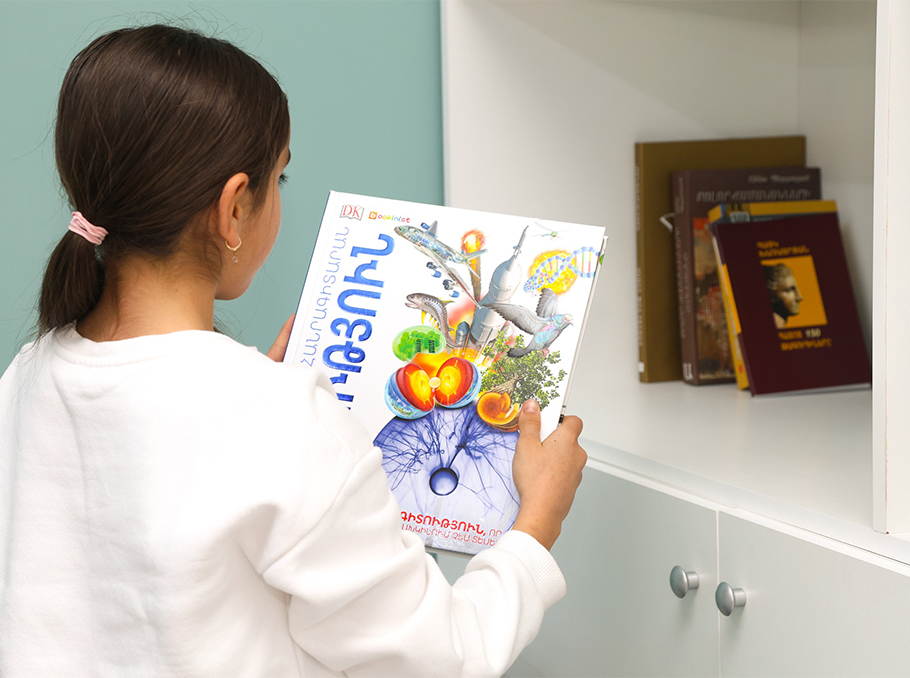
Photo: LEAD4Shirak
LAG helps in preventing the emptying of the community. The state starts from the village, and if we allow them to empty out, one day we will not have a state. Three out of the twelve women working in the Lanjik sewing factory were on the verge of leaving the community due to lack of employment opportunities, but, now these people have regained hope and chosen to remain in the village,” stated Nelly Vardanyan.
The article was produced with the support of European Union and Austrian Development Cooperation. The content of this article is the sole responsibility of Lead4Shirak project and does not necessarily represent the views of the European Union and Austrian Development Cooperation.
Ani Khchoyan







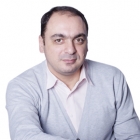
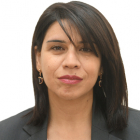
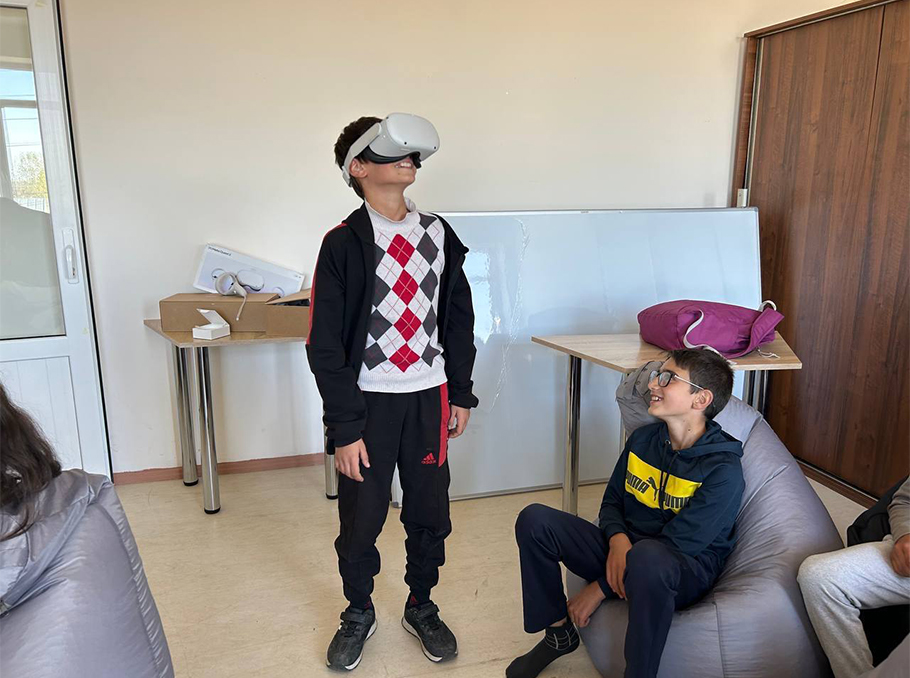
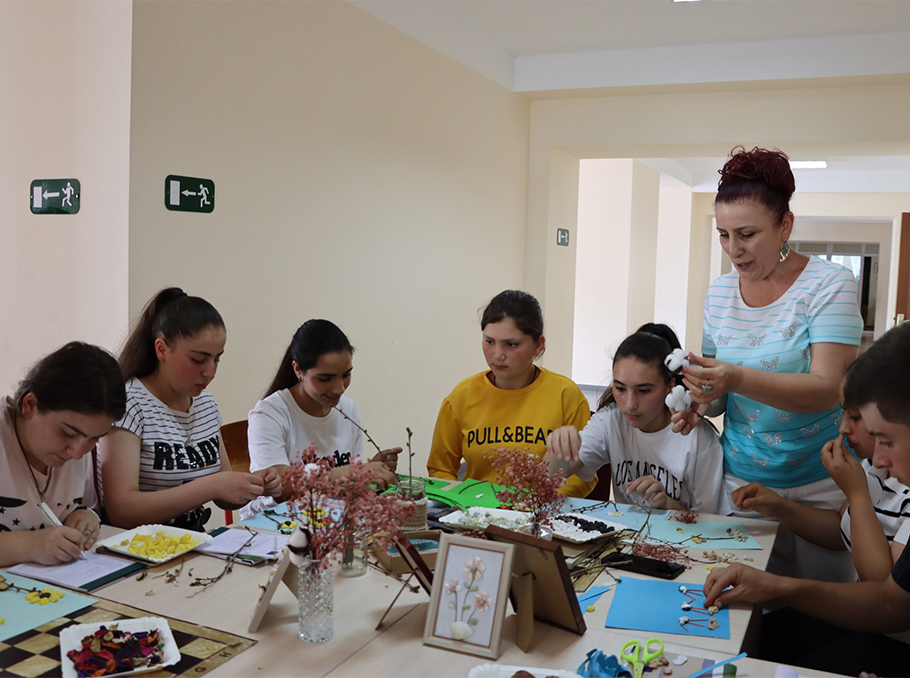







Comments
Dear visitors, You can place your opinion on the material using your Facebook account. Please, be polite and follow our simple rules: you are not allowed to make off - topic comments, place advertisements, use abusive and filthy language. The editorial staff reserves the right to moderate and delete comments in case of breach of the rules.